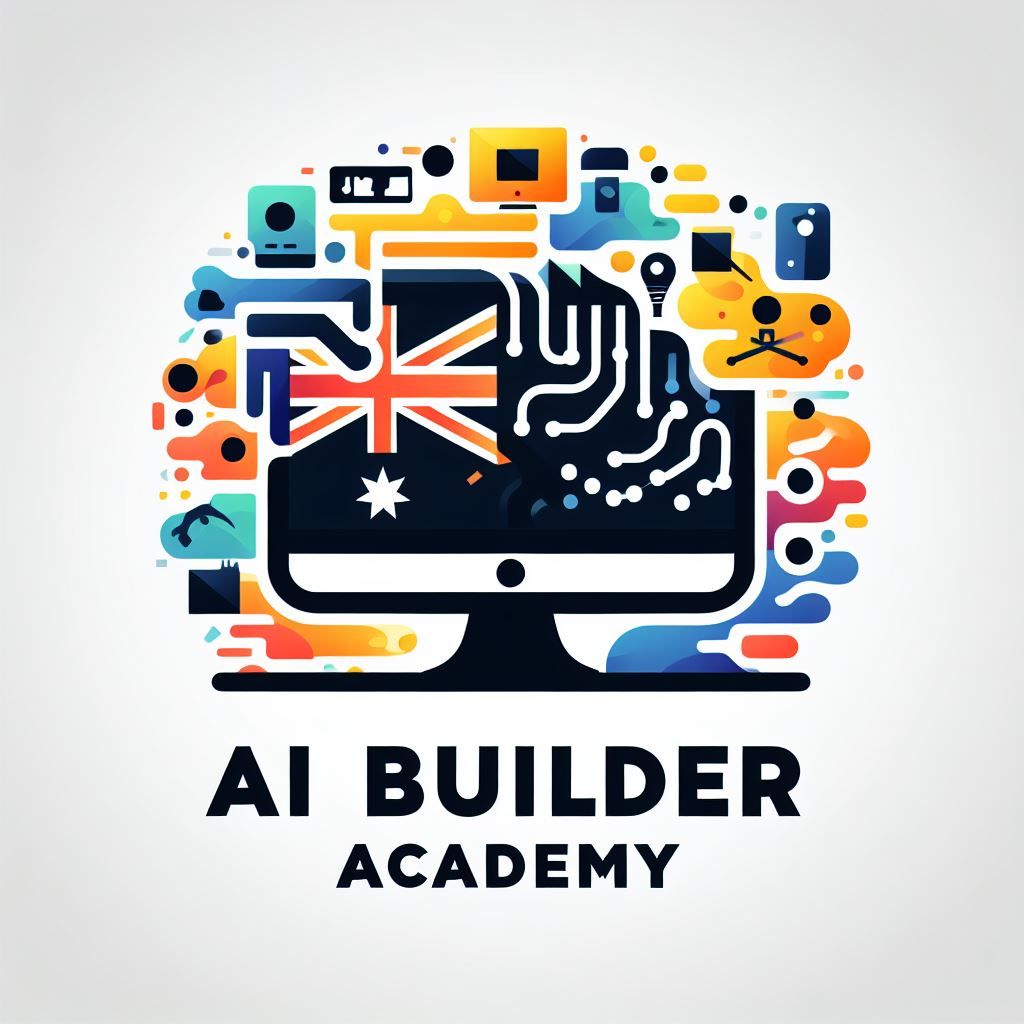Problem Framing - Google Developers
Quick summary of the Google Developers 'Problem Framing' Course within the machine learning foundation series.

This Google developers course is part of the foundation series of short courses on the subject of machine learning. Quick summary of this problem framing course:
- Problem Framing - Determine if machine learning is the right approach followed by framing the problem in machine learning language.
- Understand the problem - Can machine learning, predictive or generative be used or is a non machine learning solution required?
- Predictive ML - Uses large amount of training data to predict outputs. Outputs can be checked against reality. Use supervised, unsupervised or reinforcement learning models.
- Generative AI - Generates output based on the user's input. Large language model or image generator is trained with lots of unlabelled data.
- Is ML the right approach? Perhaps you have some simple non-ML solution? That could be used to compare against a possible ML approach and decide if the ML solution warrants the cost and extra complications.
- Must have good data! - You need abundant data, trusted and collected in similar ways and with features that are predictive
- Framing in ML terms
- Define the ideal outcome and goal.
- What is the output and type of output?
- Predictive ML for classification or numerical prediction.
- Classification Model - Output which class the input is in.
- Regression Model - Output a numerical prediction.
- Generative AI for generative new content.
- Predictive ML for classification or numerical prediction.
- What is the output and type of output?
- Define the ideal outcome and goal.
- Define success metrics.
- Implementing a Model
- There are pre-trained models you can use, such as at TensorFlow and Kaggle. Have to be careful that you have the exact data these models need.
